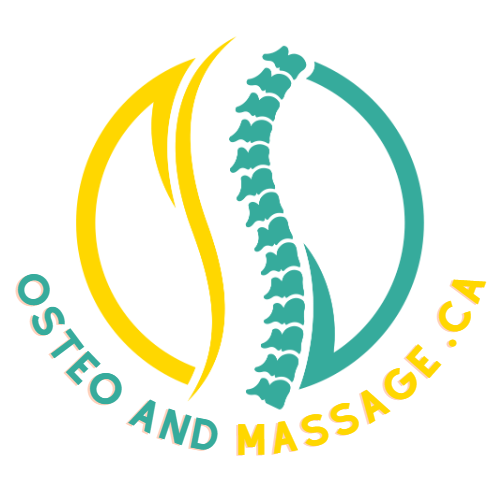What can Osteopathy Treat?
Osteopathy focuses on the holistic approach to healthcare and considers the interplay between the body's structure and function. While osteopathic treatment has been reported to provide relief for various conditions, it's important to note that the effectiveness of osteopathy may vary depending on individual circumstances, and the findings in the Osteopathic assessment. It is always advisable to consult with a qualified healthcare professional for diagnosis and medication management. Osteopathy should not be seen as a replacement for additional medical care.
That being said, osteopathy is often sought for its benefits in addressing nerve pain, musculoskeletal issues, and alignment problems. Osteopathic practitioners employ a range of techniques, including soft tissue manipulation, joint mobilization, and gentle manipulation of the musculoskeletal system, with the aim of promoting healing, reducing pain, and improving overall function.
Additionally, osteopathy's focus on the body's interconnected systems can influence various aspects of health. By addressing structural imbalances and promoting optimal blood flow, nerve function, and tissue mobility, osteopathic treatment can have effects on digestive issues, urinary and kidney dysfunction, liver and gallbladder dysfunction, hormonal imbalances, fluid movement and swelling, and other conditions regulated by the 12 body's systems.
However, it's important to approach osteopathy with realistic expectations and to work with a qualified and licensed osteopathic practitioner who can assess your specific condition and develop an appropriate treatment plan. Collaborating with other healthcare professionals may also be beneficial for comprehensive care, particularly when managing complex or chronic conditions.
What can we perform treatment for?
Nerve Pain
Digestive Issues
Urinary and Kidney Dysfunction
Liver and Gallbladder Dysfunction
Infertility
Erectile Dysfunction
Hormonal Imbalances
Fluid Movement and Swelling
Headaches and Migraines
Alignment Issues
Functional Movement
Areas of Restriction
** Almost any condition regulated by the 12 body systems (nervous, reproductive, muscular, respiratory, circulatory, digestive, endocrine, skeletal, integumentary, urinary, lymphatic, and immune systems.)
